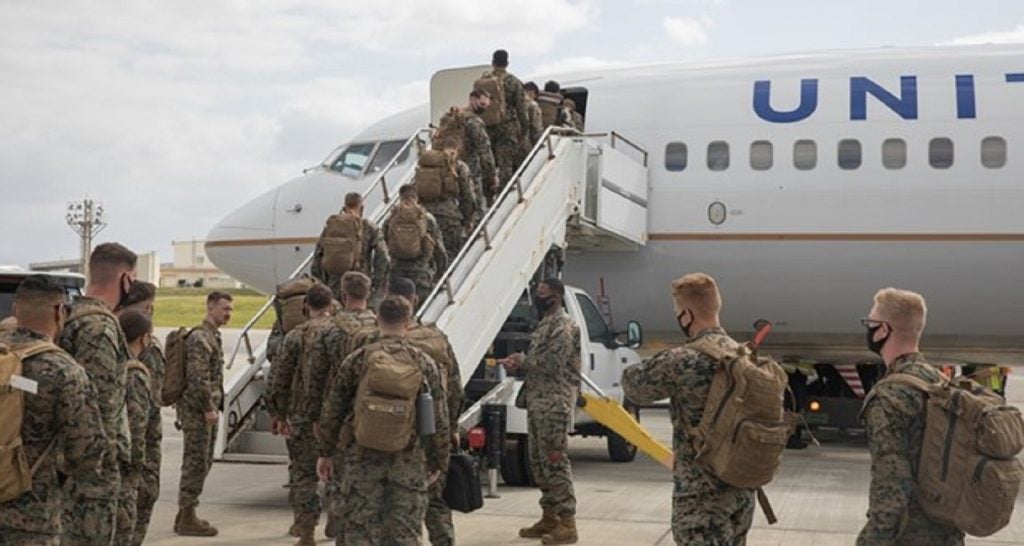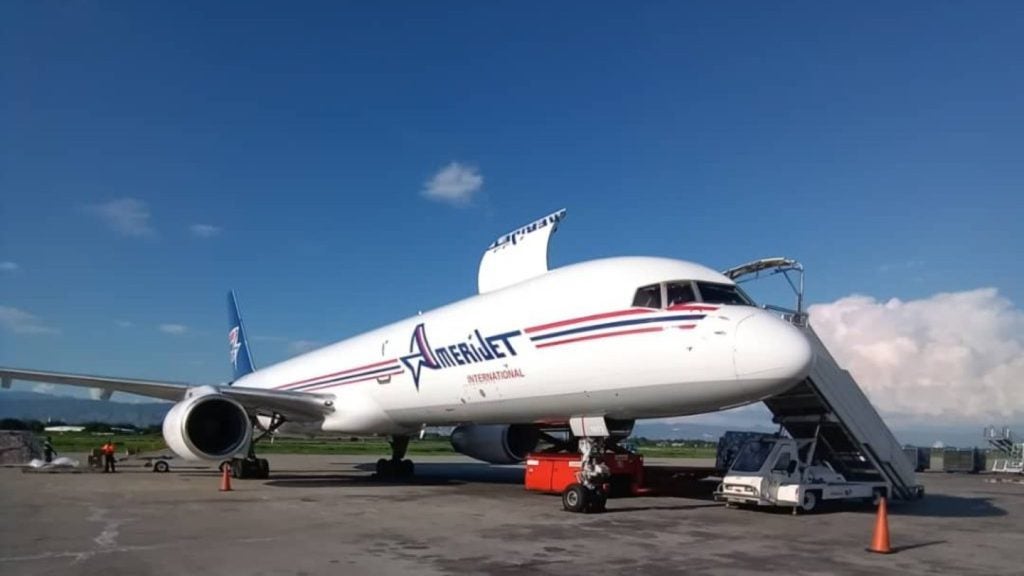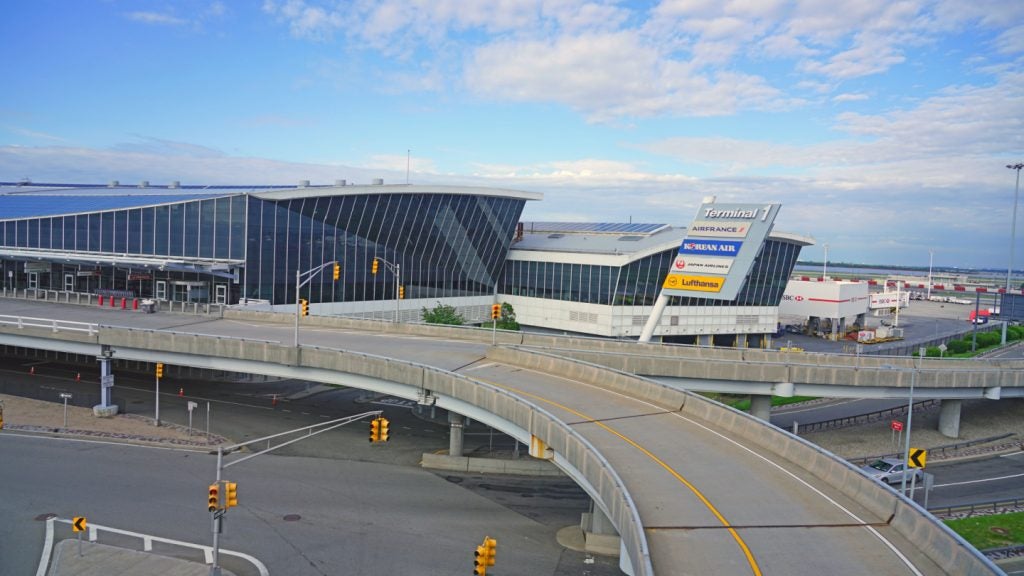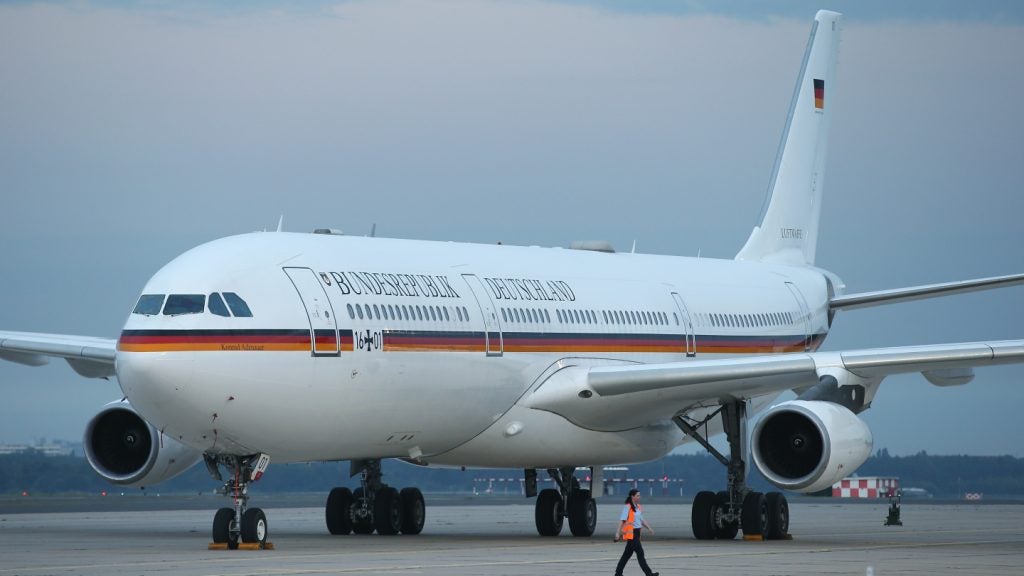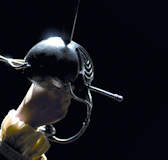
It is sometimes easy to look up to the sky, particularly when caught in heavy traffic, and contemplate its infiniteness; but the skyways are not as clear as first appears. Similar to the nexuses of dual carriageways and motorways that lie below it, the European airspace is experiencing its own congestion quandary.
Air travel across the continent has risen exponentially over the last two decades and isn’t showing any signs of letting up; today, there are more than 26,000 daily flights with industry experts predicting that the figure will double by 2020.
The European airspace is divided according to national borders – a fragmentary system that dates back to the 1960s – with scant coordination between airspace navigation service providers (ANSPs) and air traffic control systems, which operate independently of each other.
Subsequently, when an aircraft flies across Europe, it is serviced by different ANSPs, each governed by various statutes and operational requirements regarding air traffic capacity and safety. The latter became the subject of much scrutiny in the wake of the 2002 mid-air collision between a commercial airline and cargo jet over Überlingen, southern Germany, in which 71 passengers died. The incident came shortly after one of the planes had been handed from German to Swiss control.
Single European Sky
The Überlingen tragedy reignited an age-old debate: the need for a Single European Sky (SES) divested of border restrictions and sundry jurisdictions. Consequently, the European Commission (EC) drew up the first SES package in 2004 with an onus on safety, as well as tackling congestion and delays. A second legislative package, SES II, was formalised in 2009. It included the full endorsement of EU transport ministers merging portions of the continental airspace into wider areas known as functional airspace blocks (FABs).
See Also:
In 2011, EUROCONTROL, the European organisation for the safety of air navigation, was invited by the EC to become SES II’s European network manager. The programme entered its first reference period in January and will run until 2014. Its responsibilities pertain to improving and centralising the continent’s air traffic management (ATM) network operations.
How well do you really know your competitors?
Access the most comprehensive Company Profiles on the market, powered by GlobalData. Save hours of research. Gain competitive edge.

Thank you!
Your download email will arrive shortly
Not ready to buy yet? Download a free sample
We are confident about the unique quality of our Company Profiles. However, we want you to make the most beneficial decision for your business, so we offer a free sample that you can download by submitting the below form
By GlobalData"Our role as network manager is to work with the industry on a European level, whether it be the ASNPs, airports or ATM manufacturers, in providing advice in route design, capacity planning and management flow," says Jacques Dopagne, director of network management.
"Whatever you do at a regional or national level, you have to ensure that all actors are looking for the overall benefits for the network; for example, since 2010, we have also acted through our performance review board, providing advice and recommendations to the commission."
The FABs concept was first conceived in the original 2004 SES legislative package. Further to this, through SES II, the EC has devised nine FAB initiatives covering the entire European airspace, to be completed by the end of this year. EUROCONTROL will assist member states in initiating best-practice methods and developing reference materials.
"Cooperation between all nine FABs is essential," says Dopagne. "If each FAB were to go it alone with no coordination whatsoever, SES would fail. While it’s not up to us at EUROCONTROL to actually deploy the systems – it is the responsibility of the ANSPs, airlines and airports – we can help by overseeing operations through our network management board."
Get on board
The first reference period will also focus on reducing regulated tactical flight model delays, lowering the regional traffic model and creating more direct flight routes. Given the potential benefits on offer to airlines and airports – shorter flight times and fewer delays – they have been particularly open to collaboration.
"To have the airports fully involved in the network is absolutely essential," he says. "And while there aren’t any specific performance targets in place for the first reference period [they will follow in the second stage set to run from 2015 to 2019], the airlines are fully part of it as well. As network manager, we work alongside them in analysing real-time situations and any concerns to get a better understanding of performance issues."
In June 2011, European Commissioner for Transport Siim Kallas called for greater collaboration on technology to be channelled through the SES ATM Research (SESAR) programme. EUROCONTROL has already invested over €700 million across 200 research projects since the scheme’s inception in 2004, so how has the organisation responded to Kallas’s appeal?
"We have really worked on improving the systems’ relay abilities and a better exchange of updated information," he says. "Now we are focusing on what SESAR will develop and validate. The responsibility to decide upon the correct systems will fall upon the airports and ANSPs. Also, at our Maastricht Upper Area Control Centre, which we operate on behalf of Belgium, the Netherlands, Luxembourg and north-west Germany, we have installed a new flight data processing system using a trajectory-based system. This will allow controllers access to more accurate flight information."
SES challenges
The greatest hurdle in front of the SES programme is unquestionably the ongoing eurozone crisis, which could put a squeeze on funding in the coming year. In a recent report, Tony Tyler, director general and chief executive of the International Air Transport Association issued a warning that the airline industry could be hit with combined losses of up to $8bn in 2012 if the situation deteriorates further. In spite of the current fears, Dopagne remains optimistic that the 2020 target to have a fully harmonised and centralised ATM infrastructure in place is still feasible.
"Undoubtedly, there has been a reduction in air traffic and some airlines have experienced major difficulties," he says.
"This is why we are working so hard to extract deliverables validated by SESAR, EUROCONTROL, the EC, airports, airlines and ANSPs all have a central priority in place – to implement shorter routes for airlines, which will engender greater cost-efficiency and a reduction in carbon emissions. This we are all united on and believe we can achieve."
Economic wranglings aside, it has been a turbulent couple of years for the European airline industry in the wake of 2010’s Eyjafjallajökull volcano eruption and rising fuel prices; yet, there is a fresh resoluteness and harmony driving the SES initiative. The ten-year anniversary of the Überlingen crash this June might also serve as both an incentive and pertinent reminder to players that such tragedies are preventable and, one day soon, may be a thing of the past.



